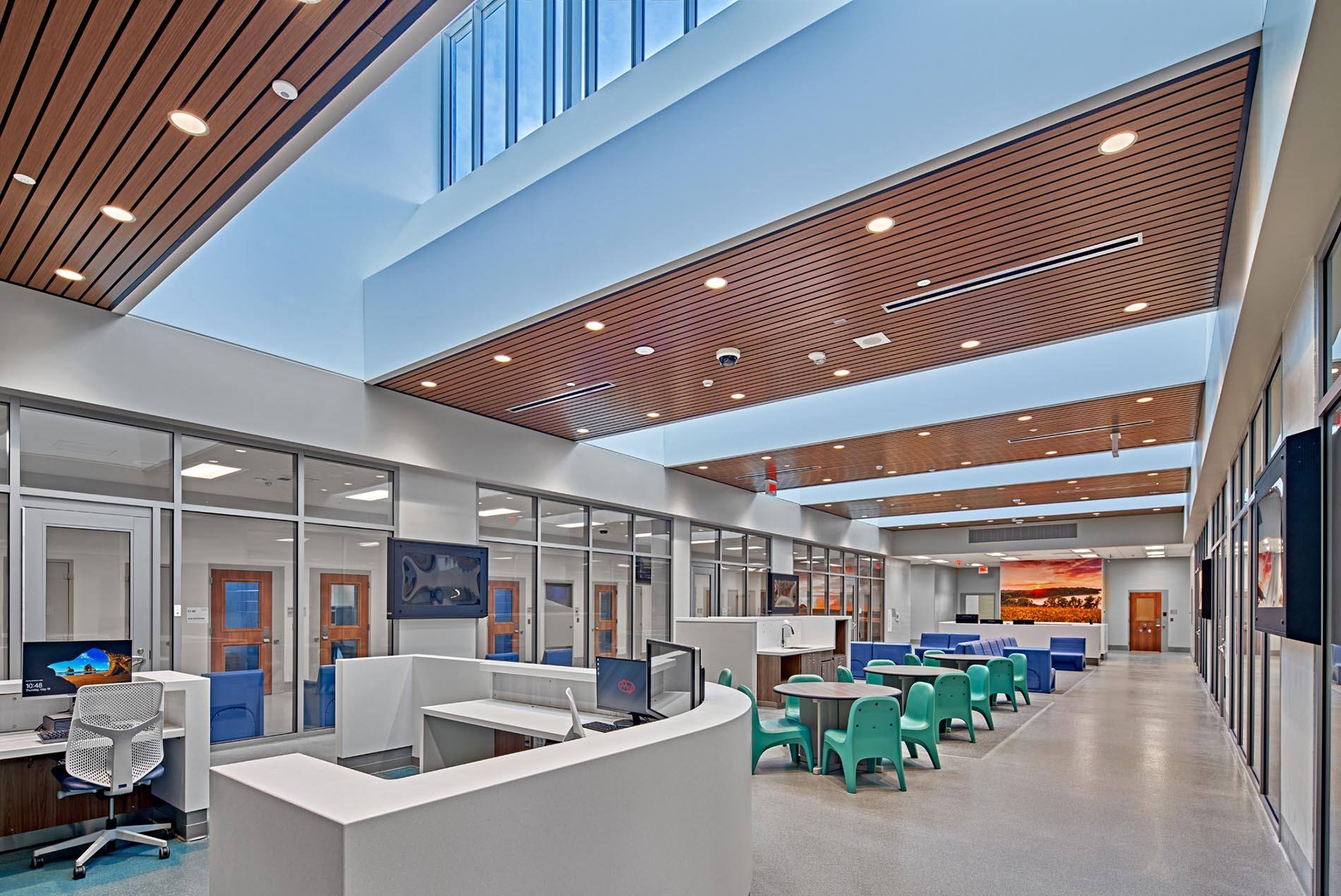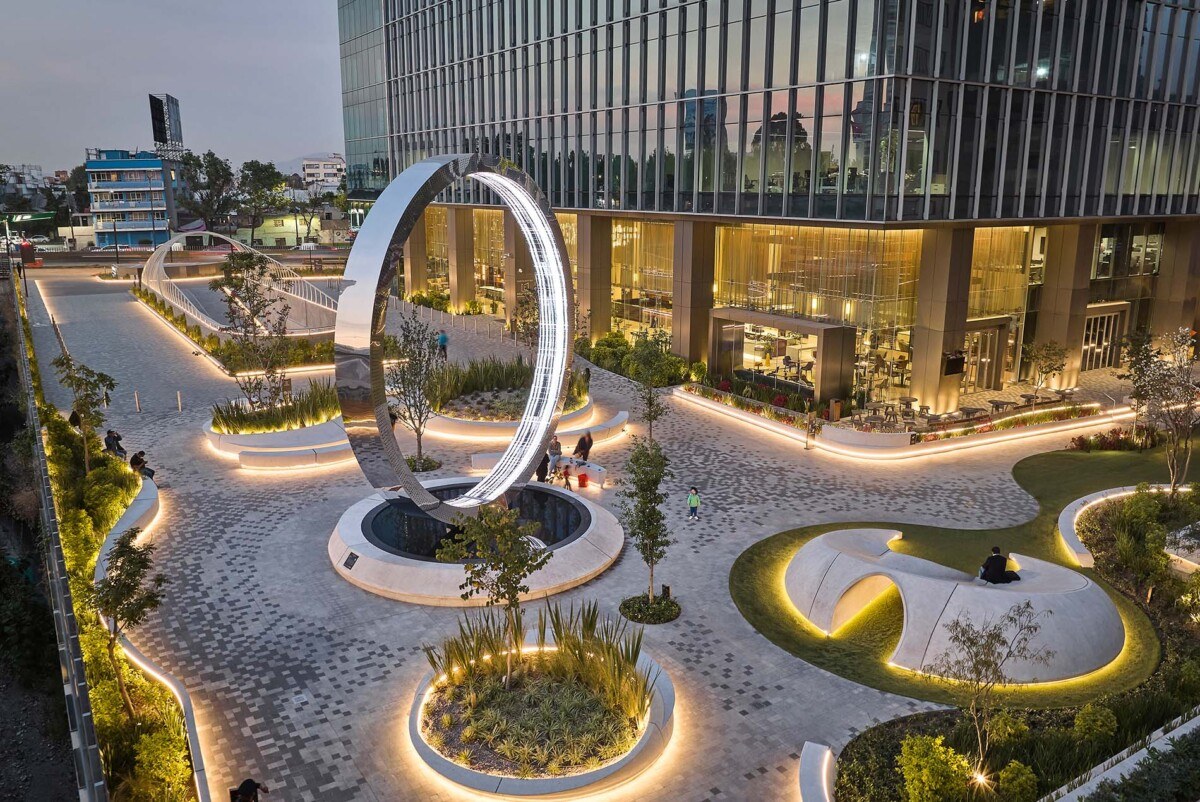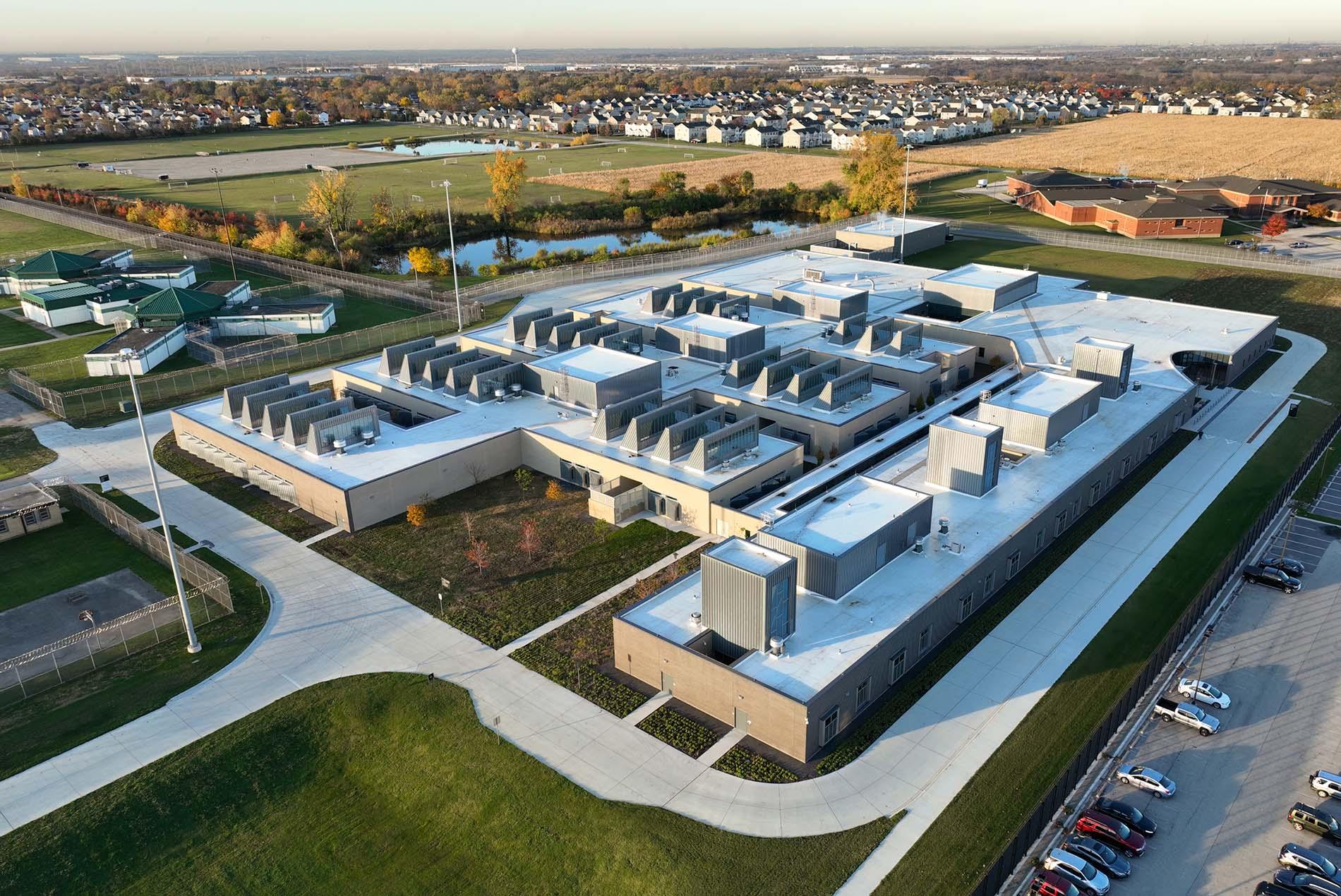
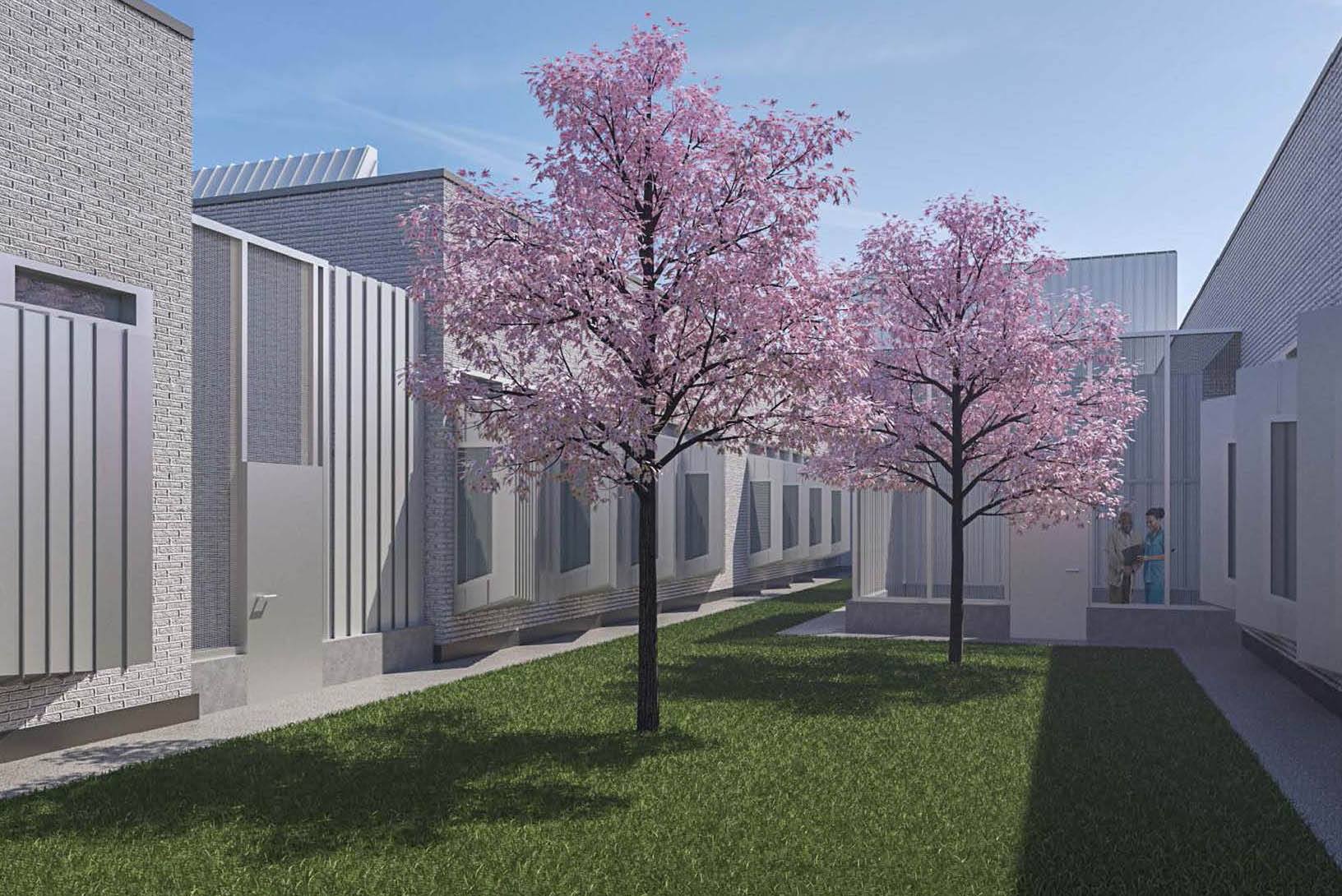
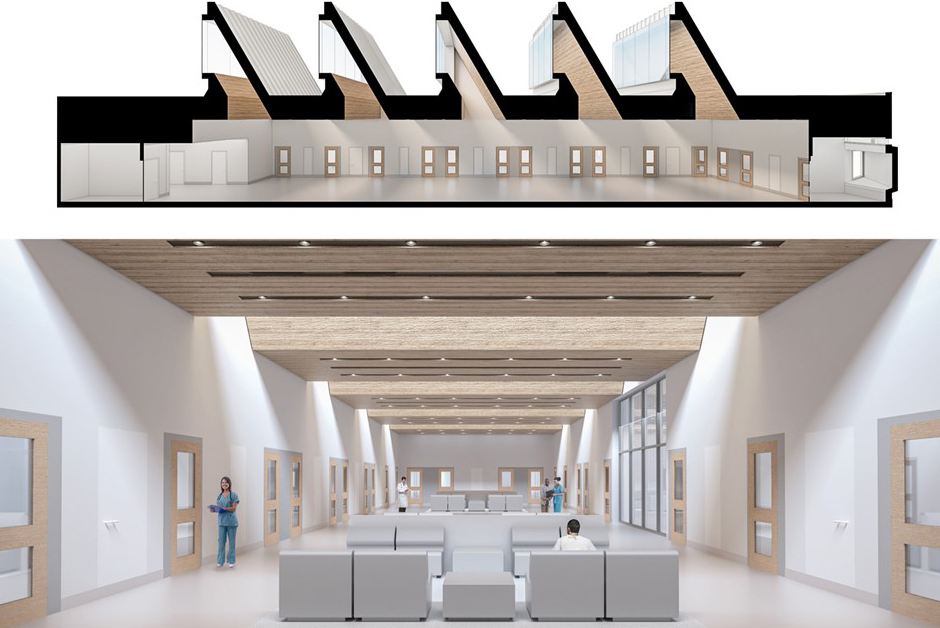
This 185,000-sq.-ft. facility is a centralized resource for inmates with severe mental health needs. It comprises seven mental health treatment units, including two intensive mental health units and a 50-bed infirmary.
Each unit features a patient dayroom, outdoor recreational space, several treatment rooms, areas for individual and group sessions, and a soothing room. These amenities help provide a supportive and therapeutic environment for inmates receiving mental health treatment.
The Center contains 150 single-cell mental health rooms and 50 medical rooms, providing ample space for patient accommodation and treatment. Additionally, there is a modern administration building and amenities such as a kitchen, laundry area and recreation facilities, including exercise yards and therapy spaces.
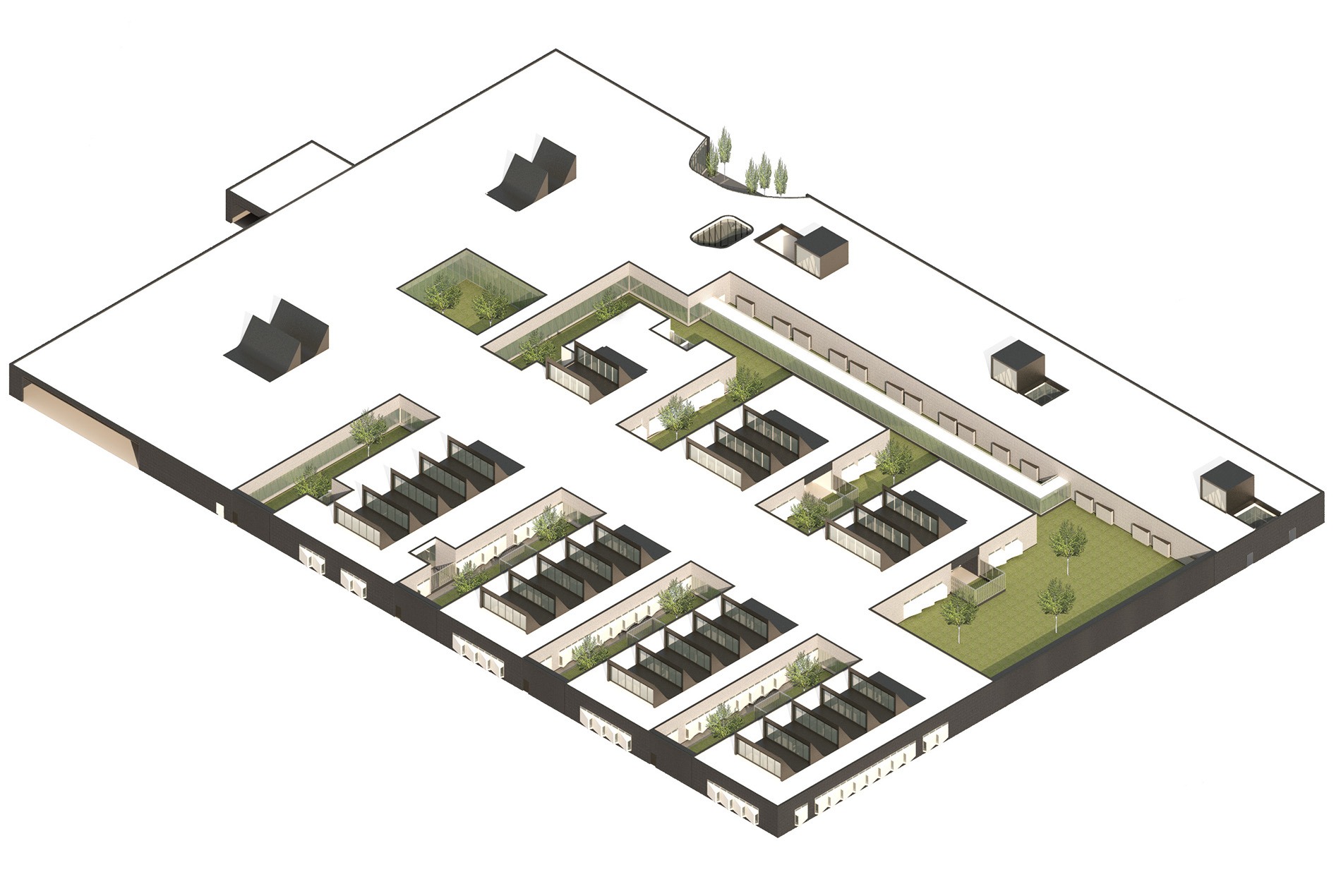
HOK worked closely with the IDOC and stakeholders to understand and address their specific needs and challenges. The result is a design that successfully integrates healthcare and correctional programs.
The design prioritizes a healing environment while maintaining high security standards. This “therapeutic justice design” approach focuses on treating patients first while seamlessly integrating security measures.
The single-access intake hub streamlines the administration and intake process, transforming the operation, care and security of the entire campus.
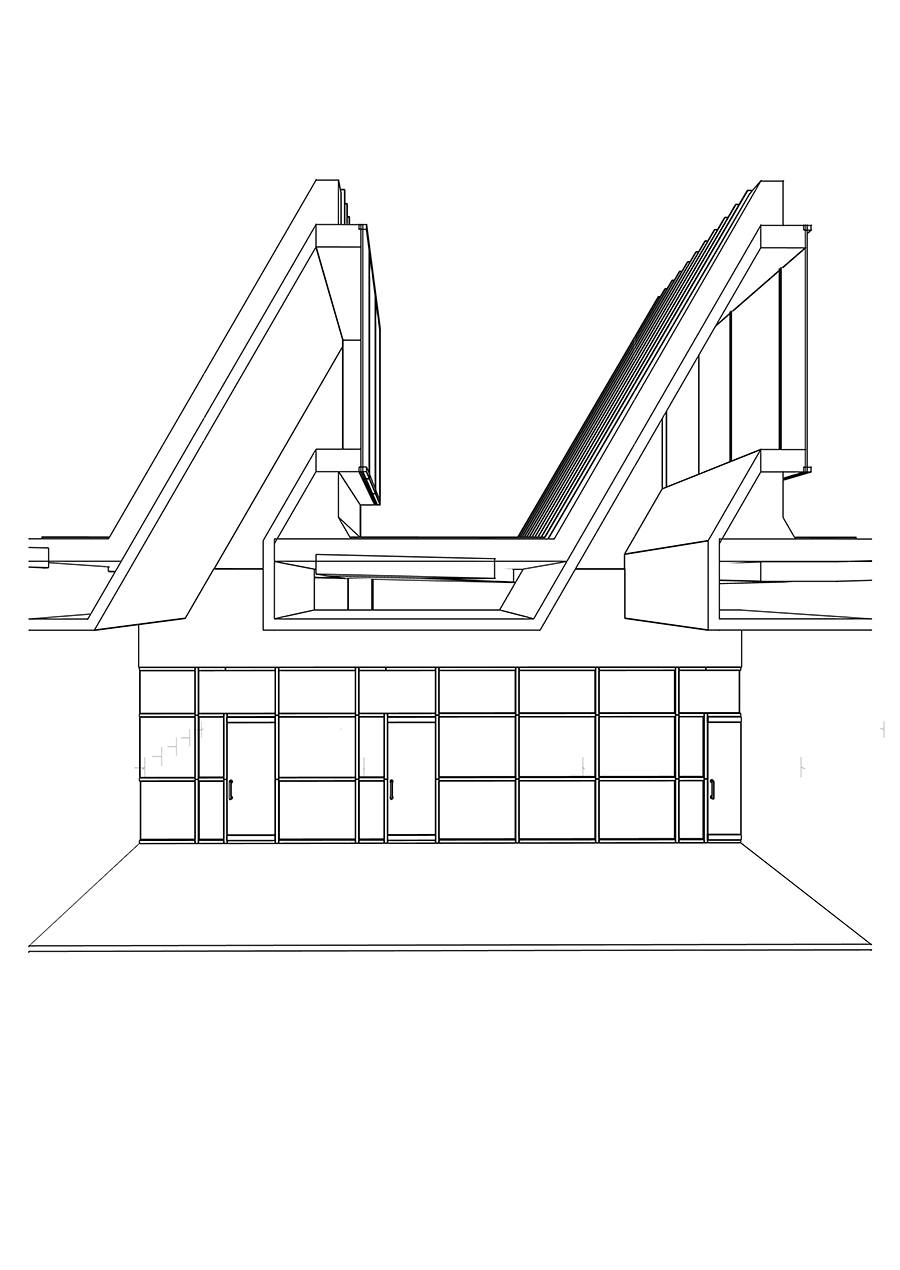
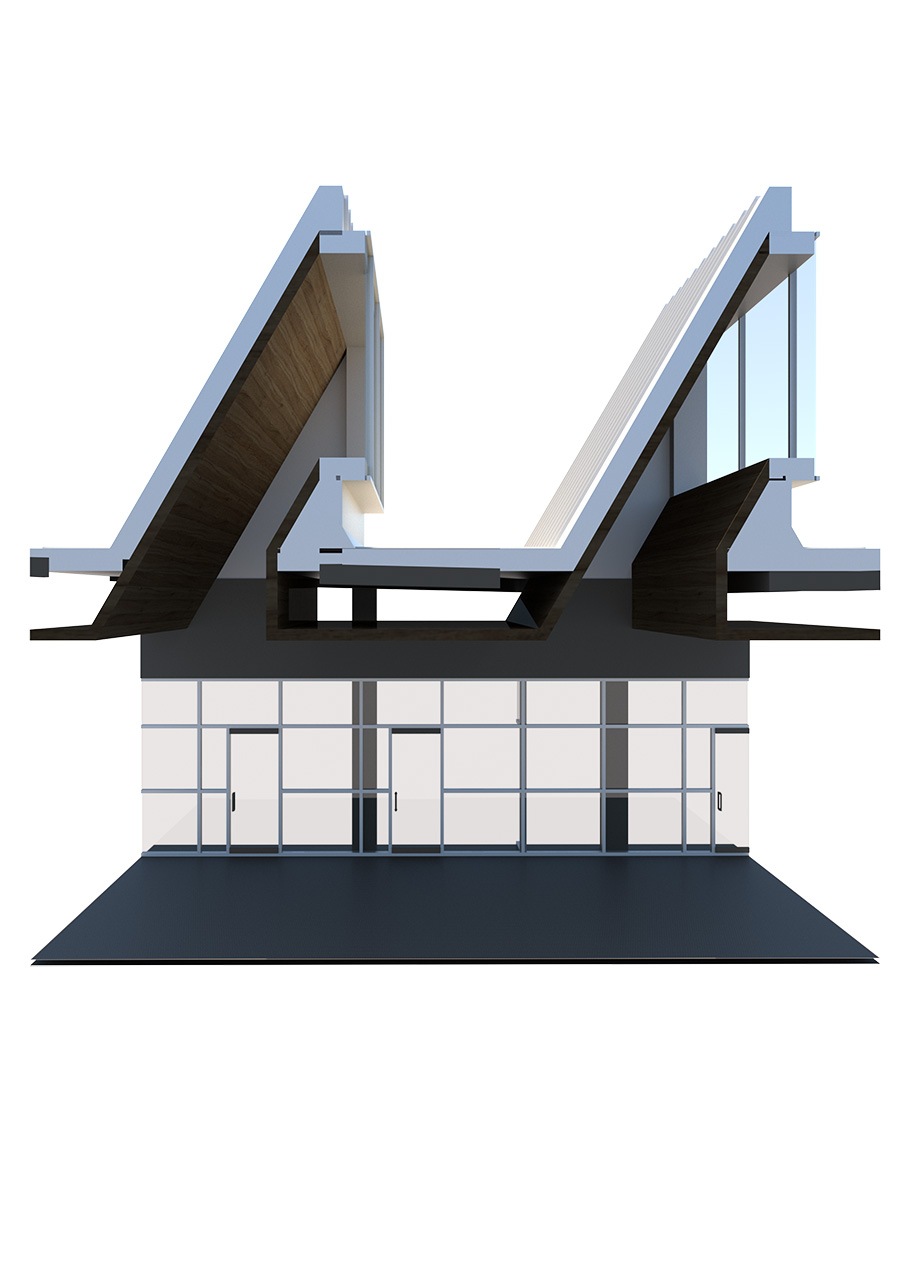
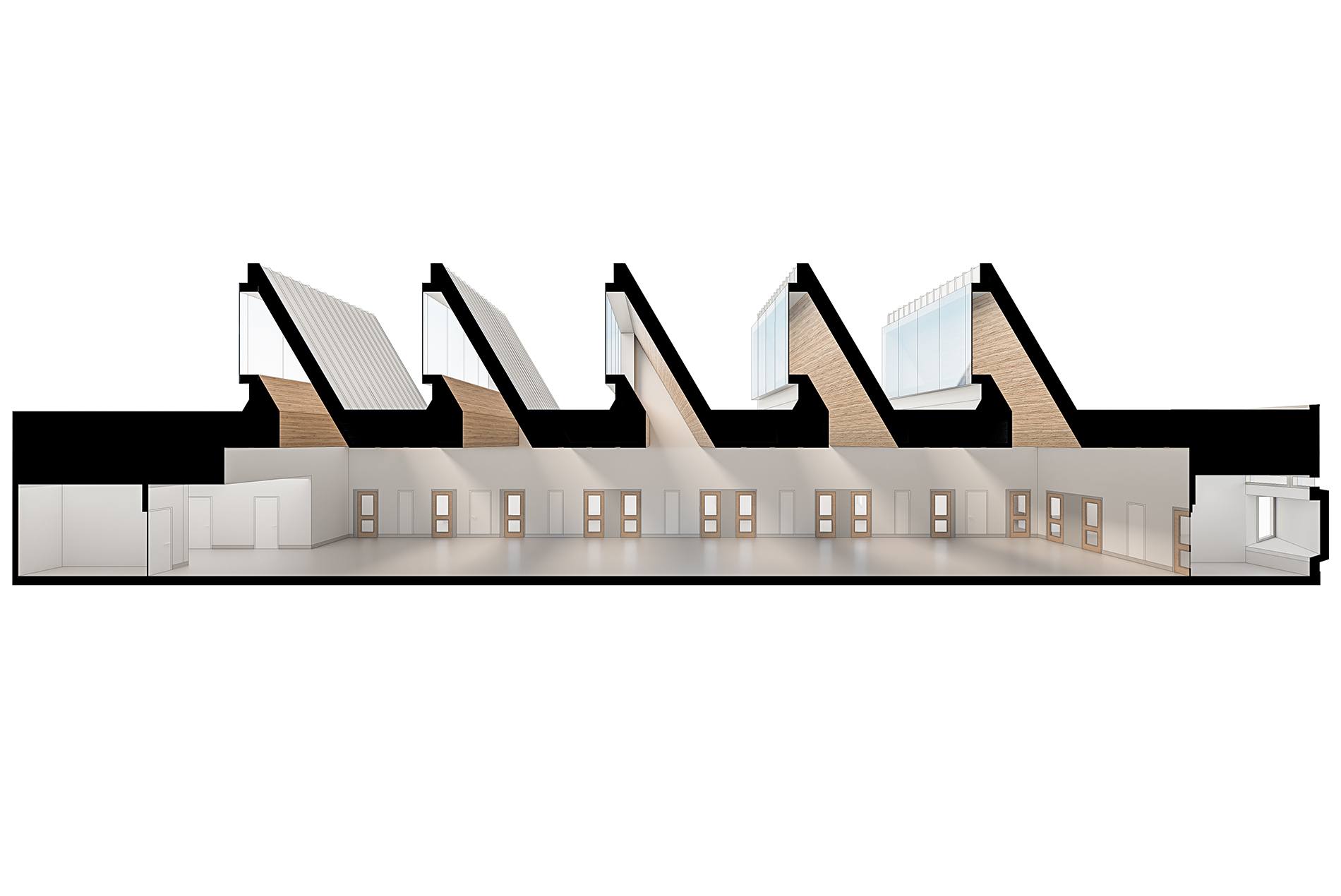
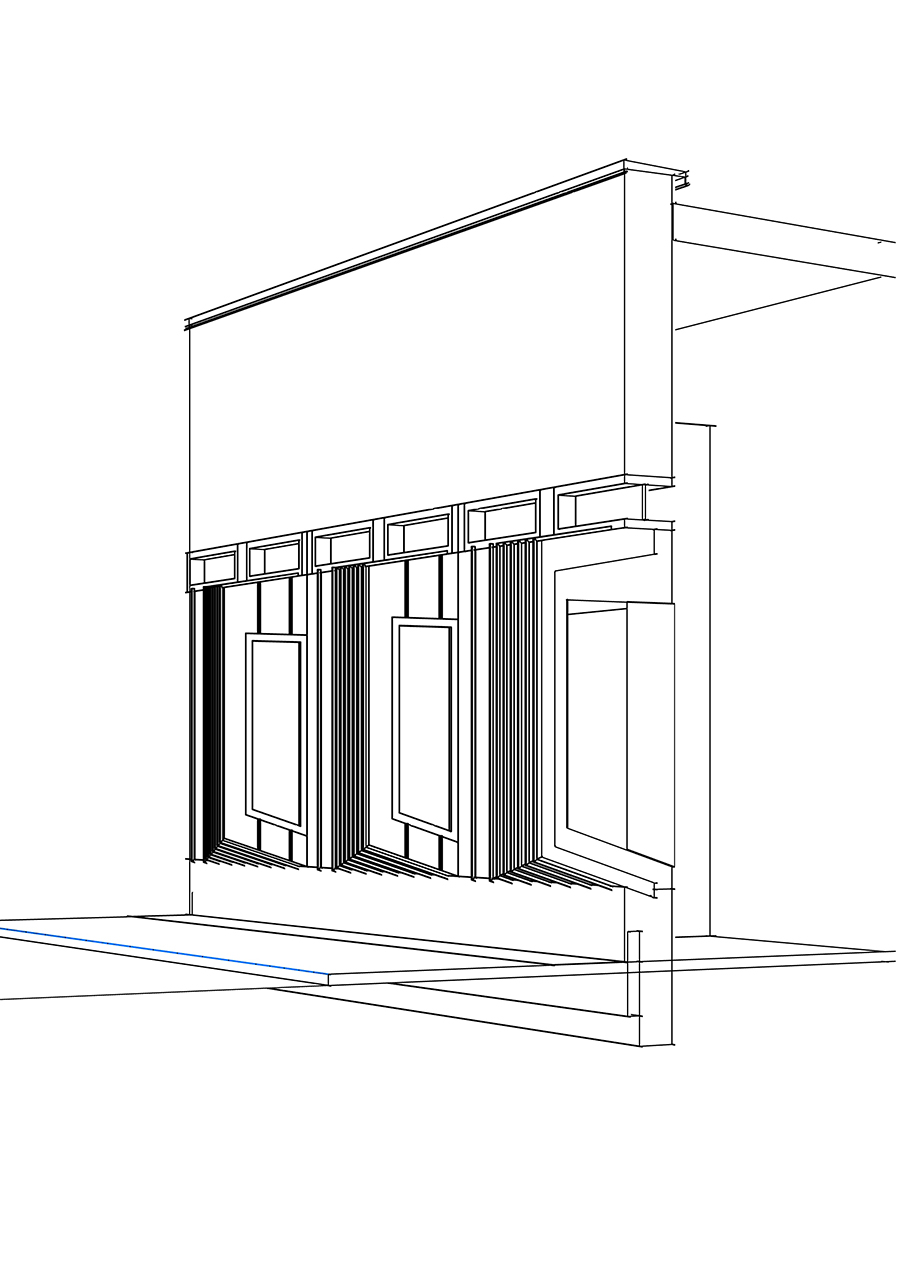
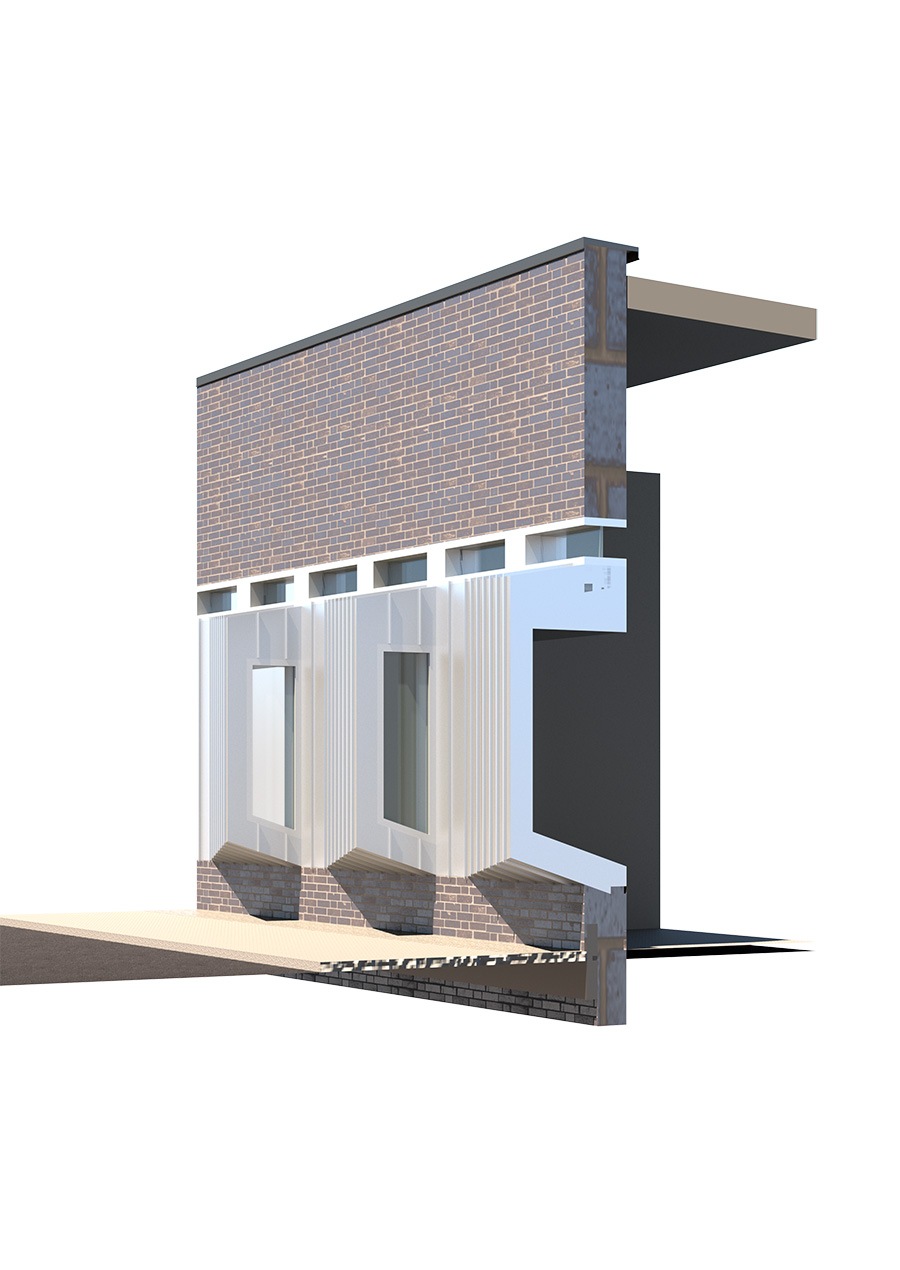
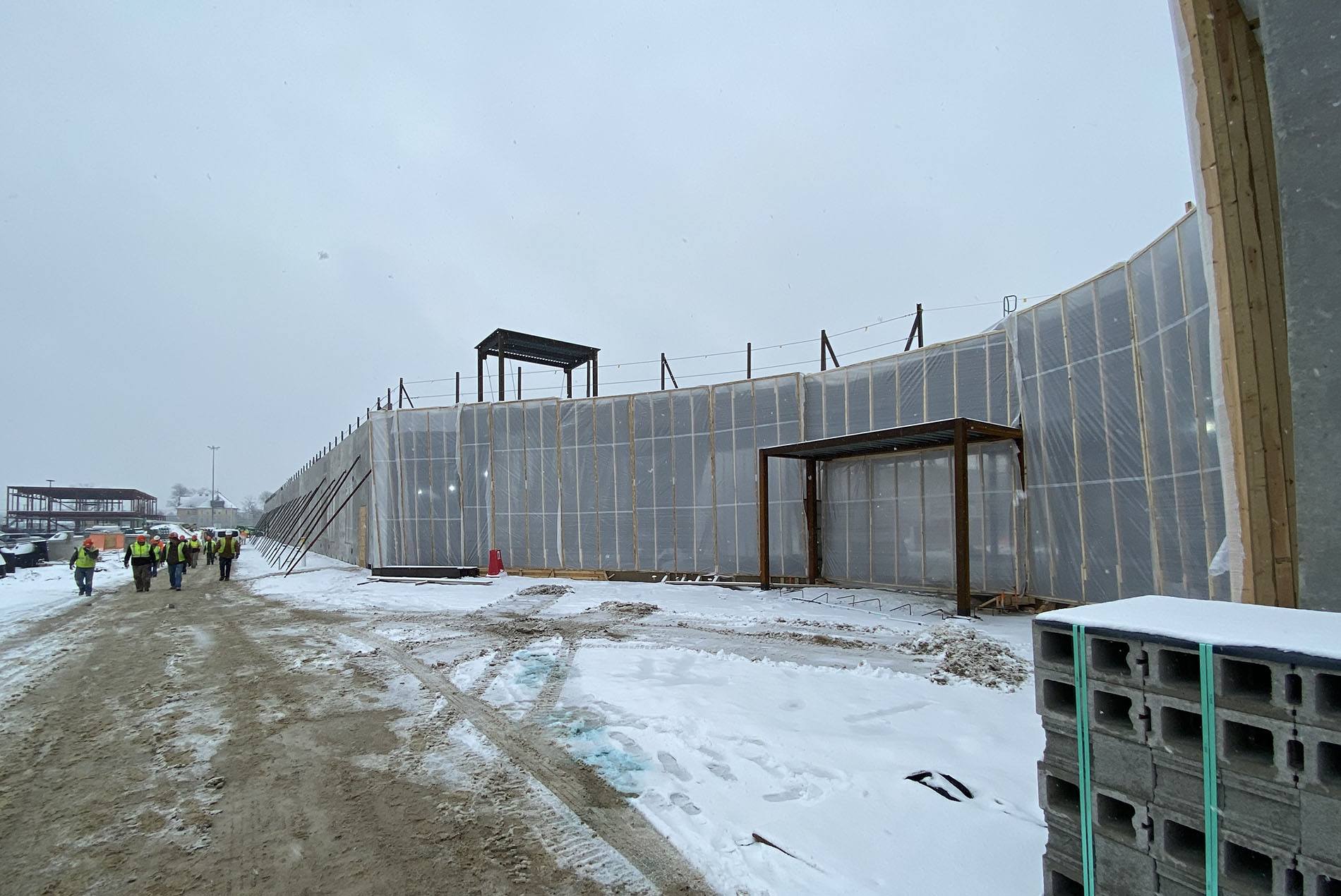
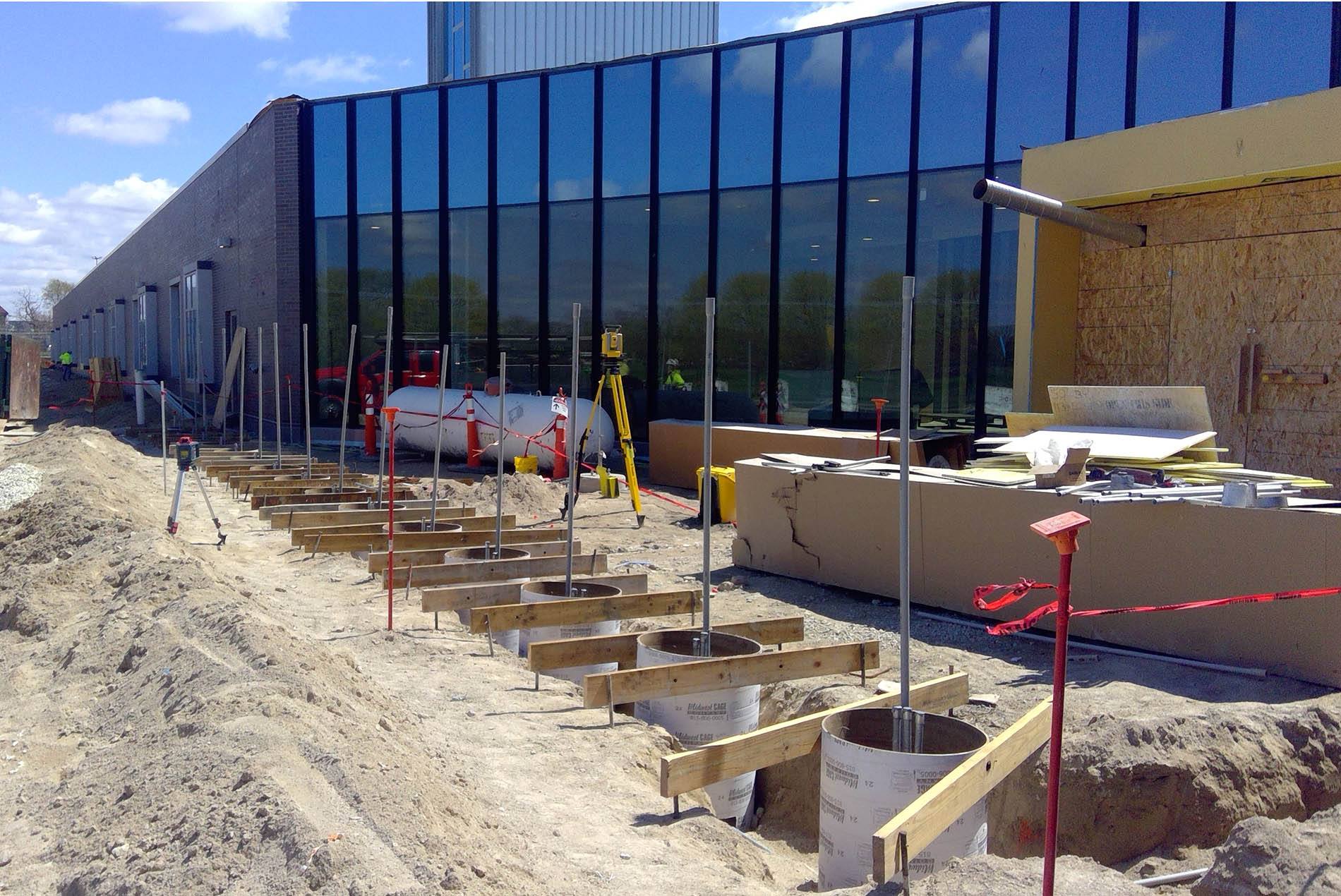
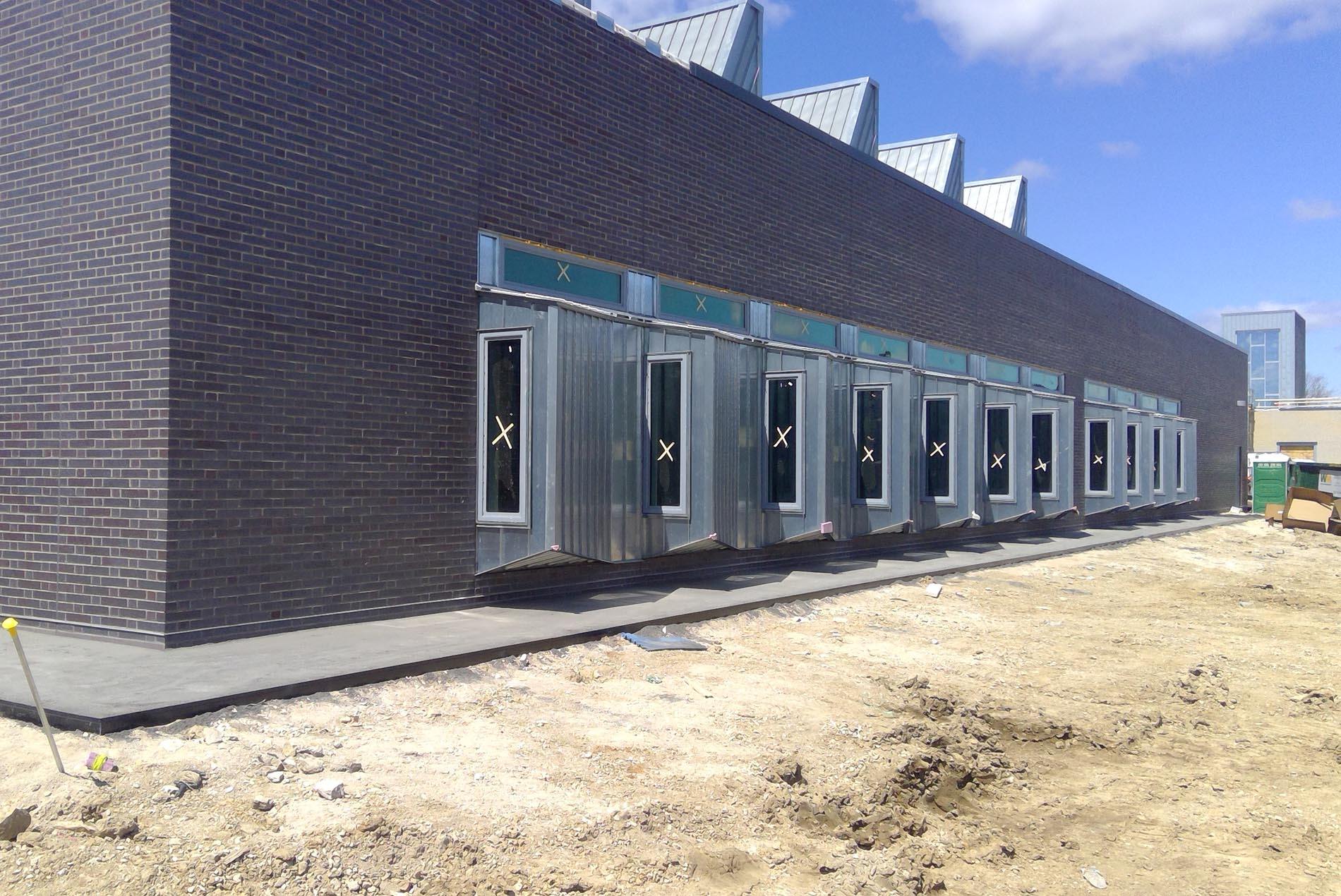
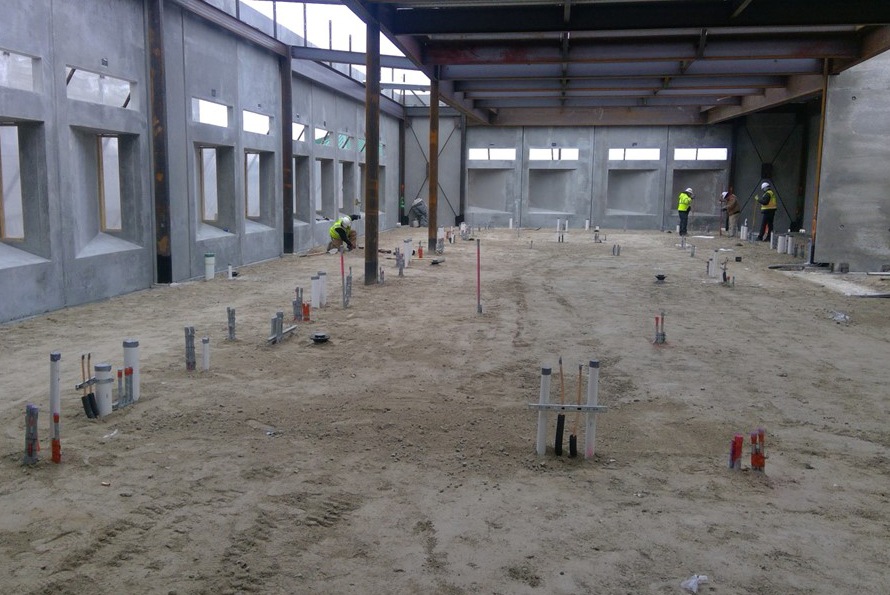
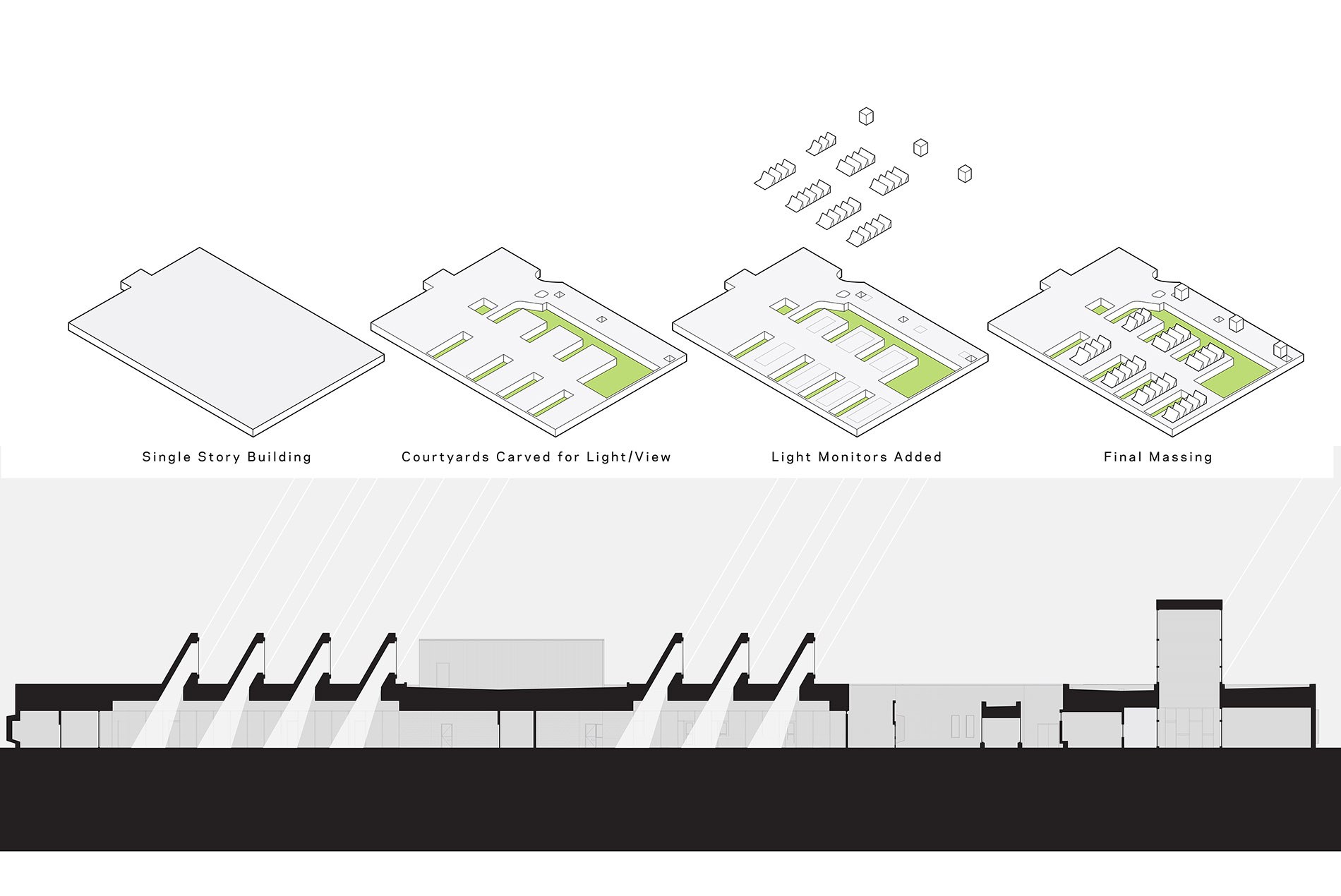
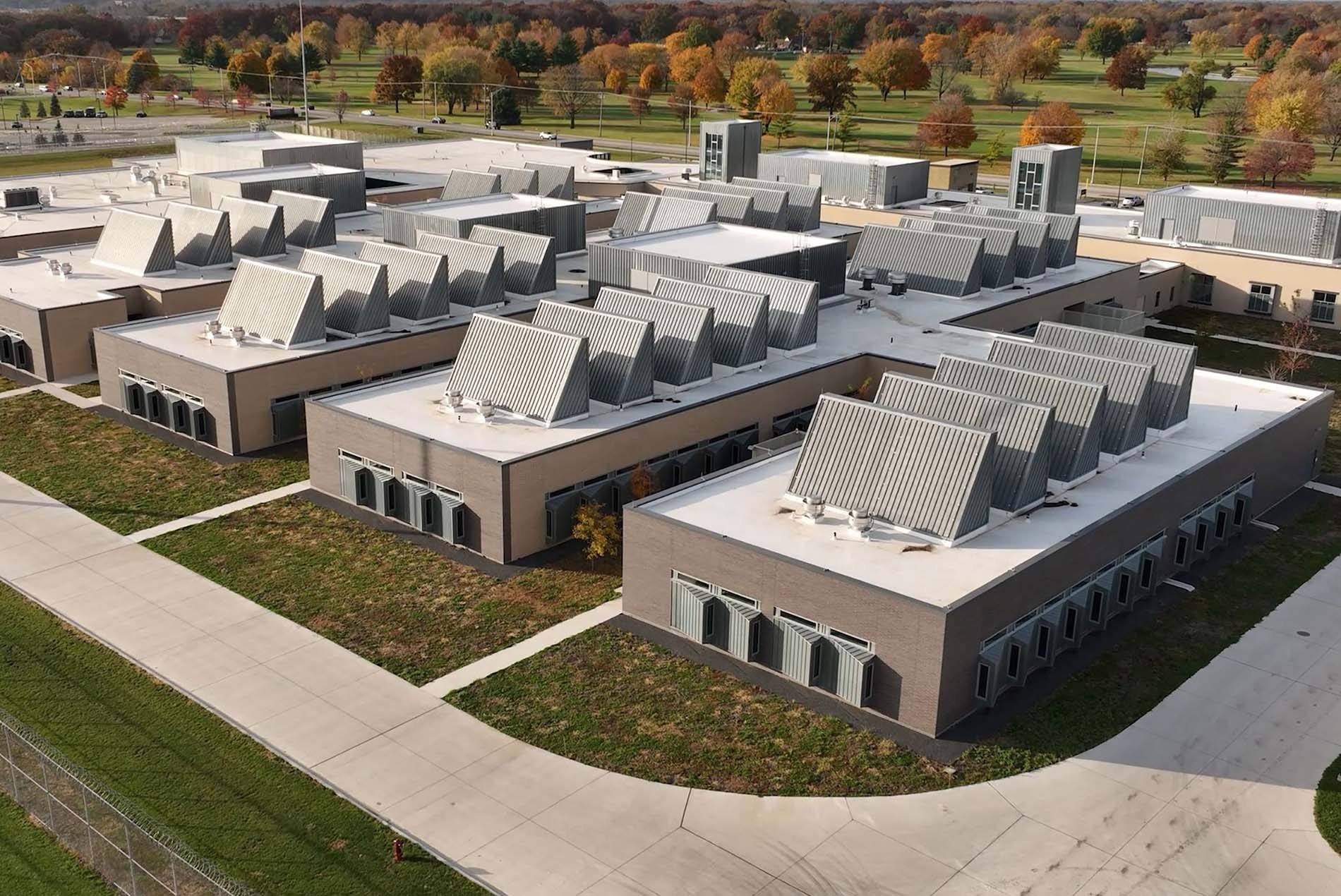
Large light monitors throughout the building maximize daylight, enhancing interior spaces while contributing to the structure’s distinctive character.
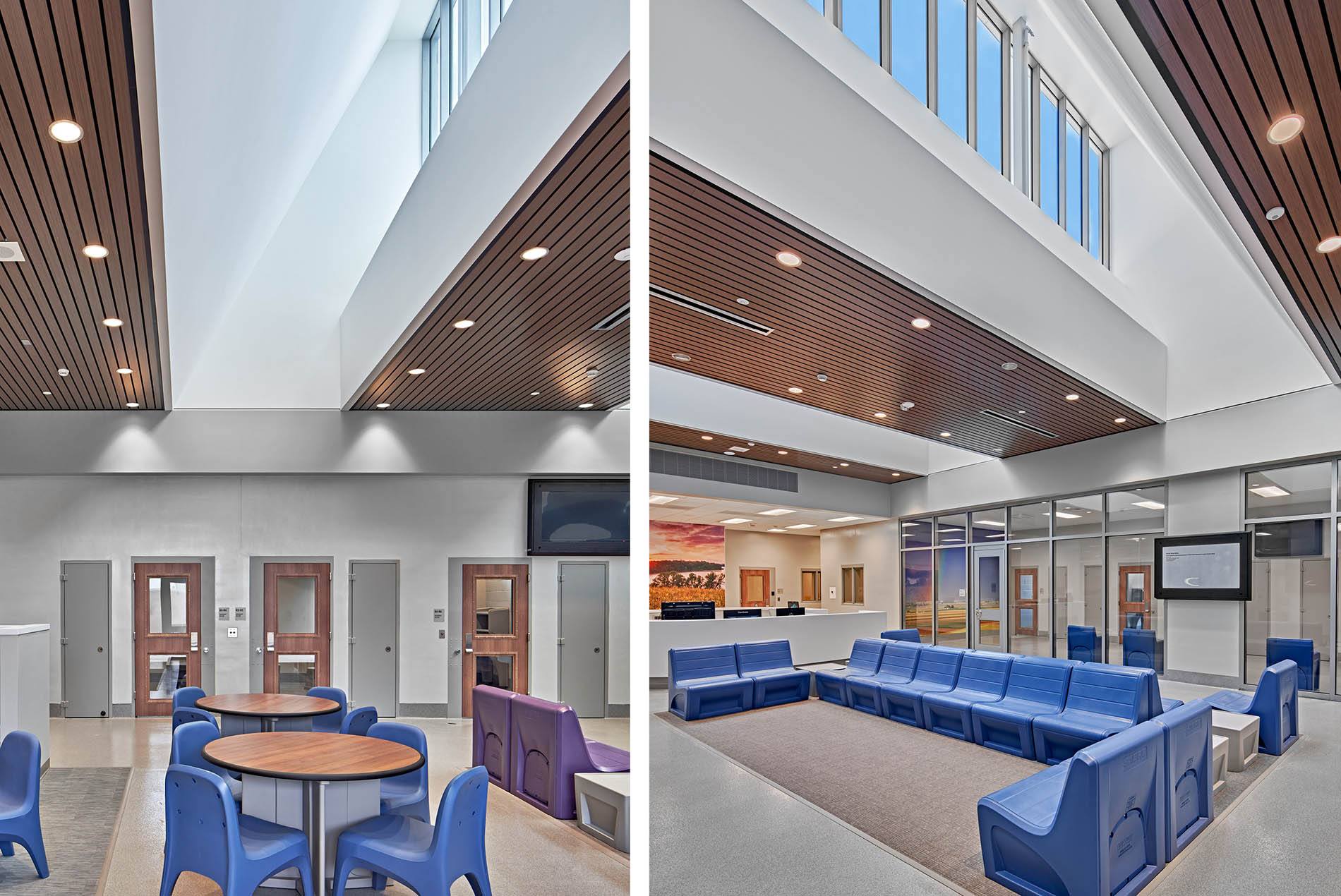
HOK’s plan organizes the residential program into a series of neighborhoods designed around communal spaces and gardens, articulated by natural light. Directional windows create views of the courtyard gardens, allowing patients to connect with nature while maintaining individual privacy.
Each unit provides access to auxiliary aids and services for patients who display or voice the need for disability accommodations, reinforcing the facility’s commitment to inclusivity and equal access to care.
Recognizing that family connections are an important part of the healing process, HOK’s team designed the lobby and visitation area to be family-friendly. This design eliminates secure glass barriers, creating a more welcoming and humane atmosphere for visitors.
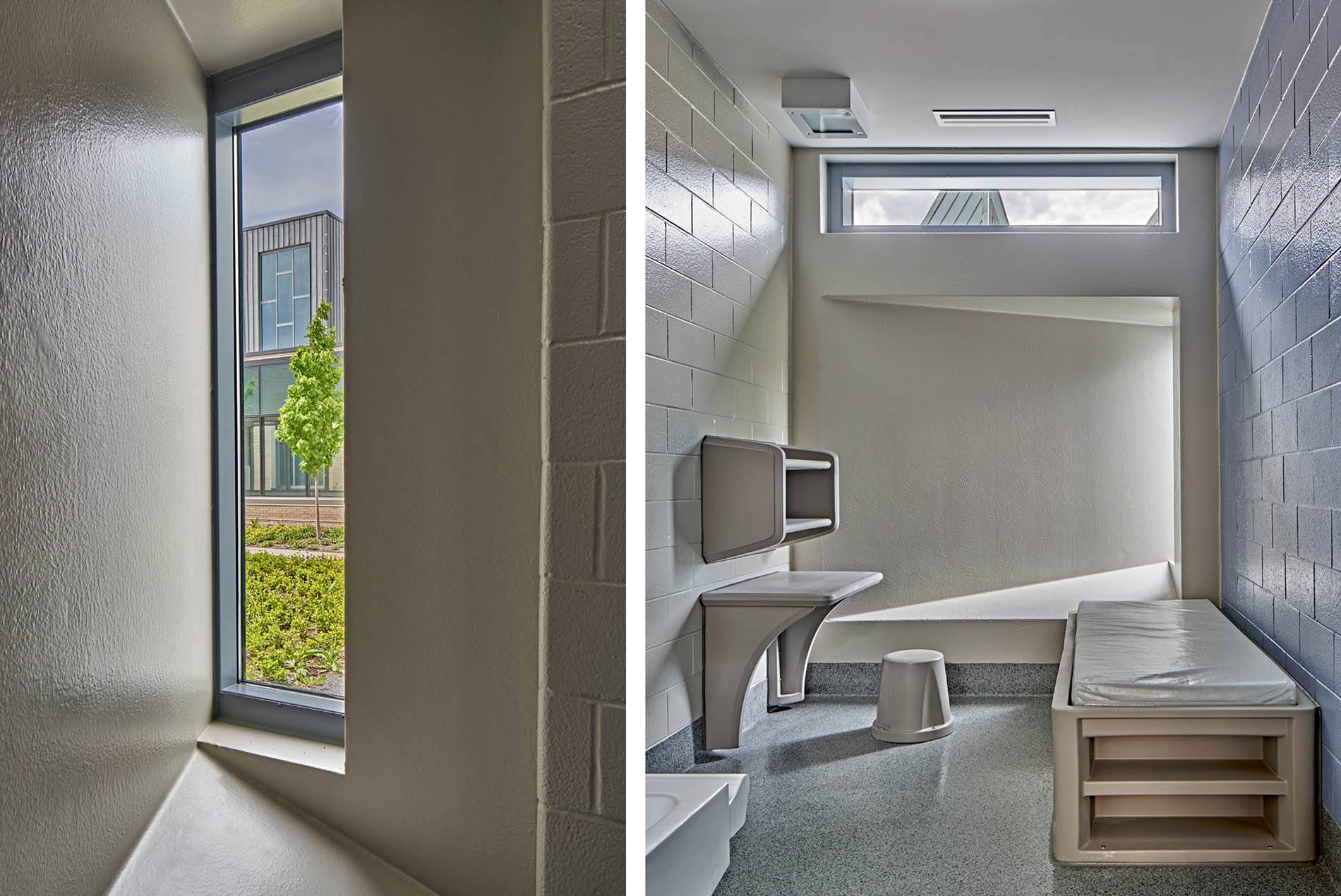
Maintaining a connection to nature is an important part of creating a truly restorative environment.
The secure window enables views to the outside while allowing a significant amount of daylight to enter each patient’s room.
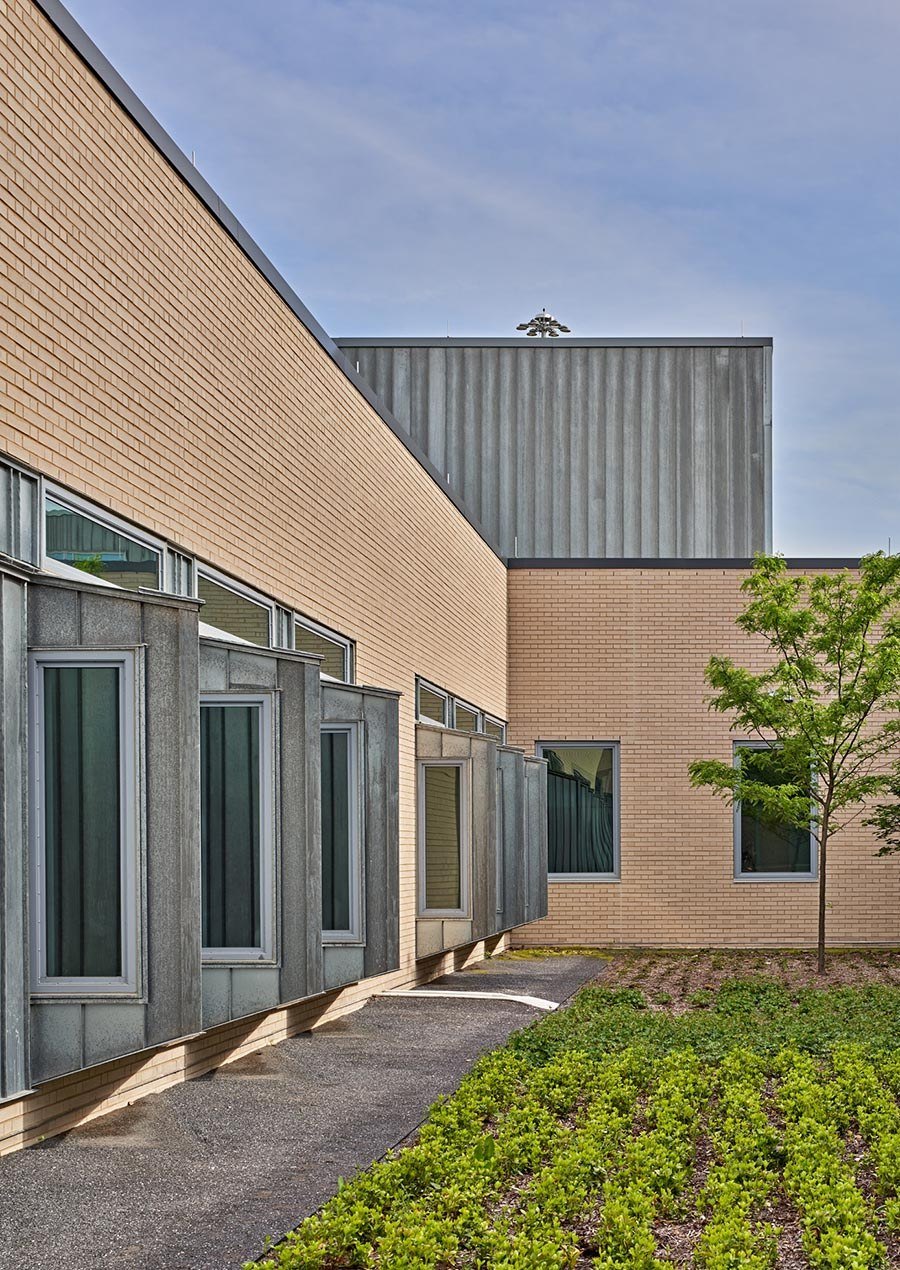
The landscape, used as a healing feature within the high-security campus, demonstrates the project’s commitment to creating a restorative environment that extends beyond the building.
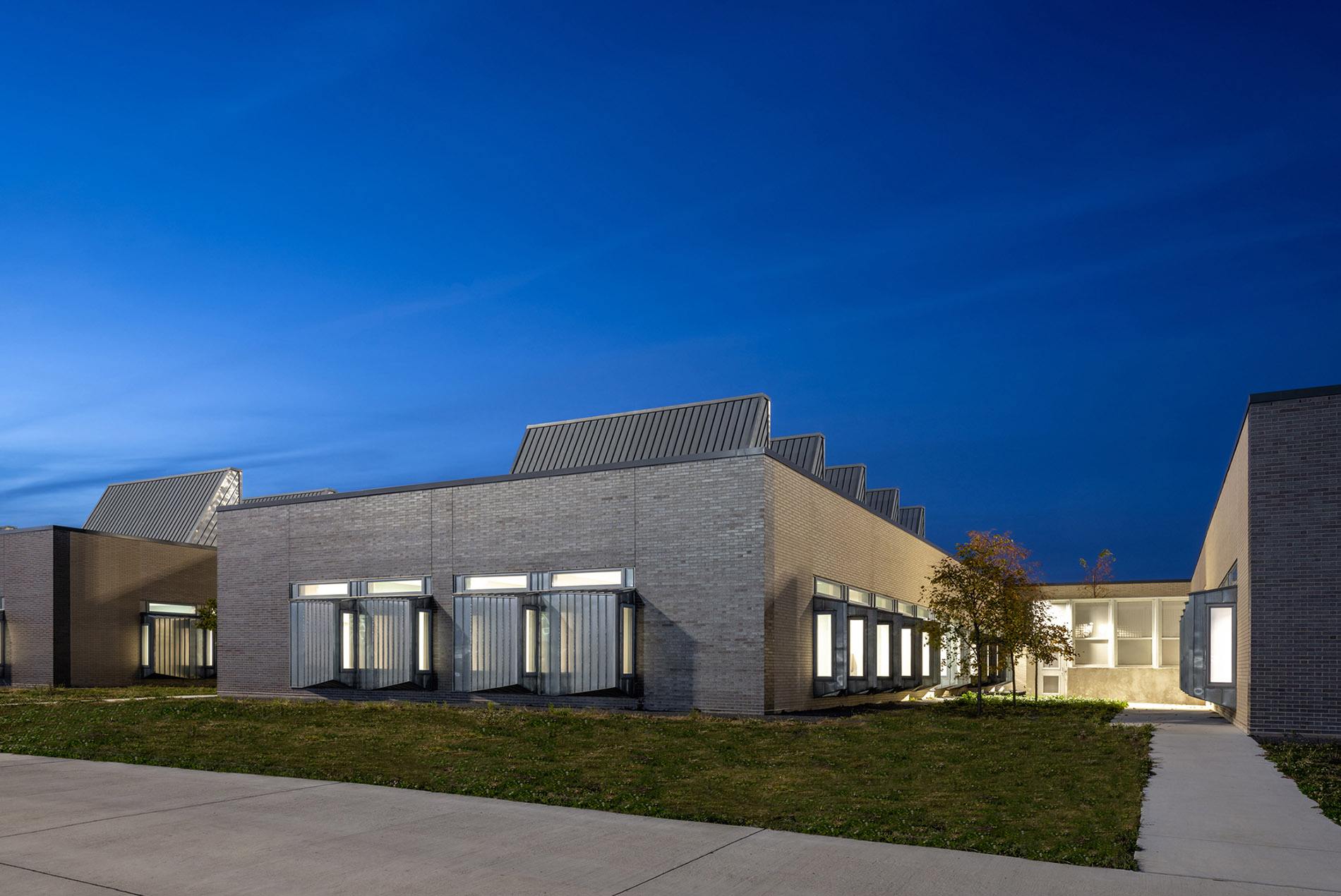
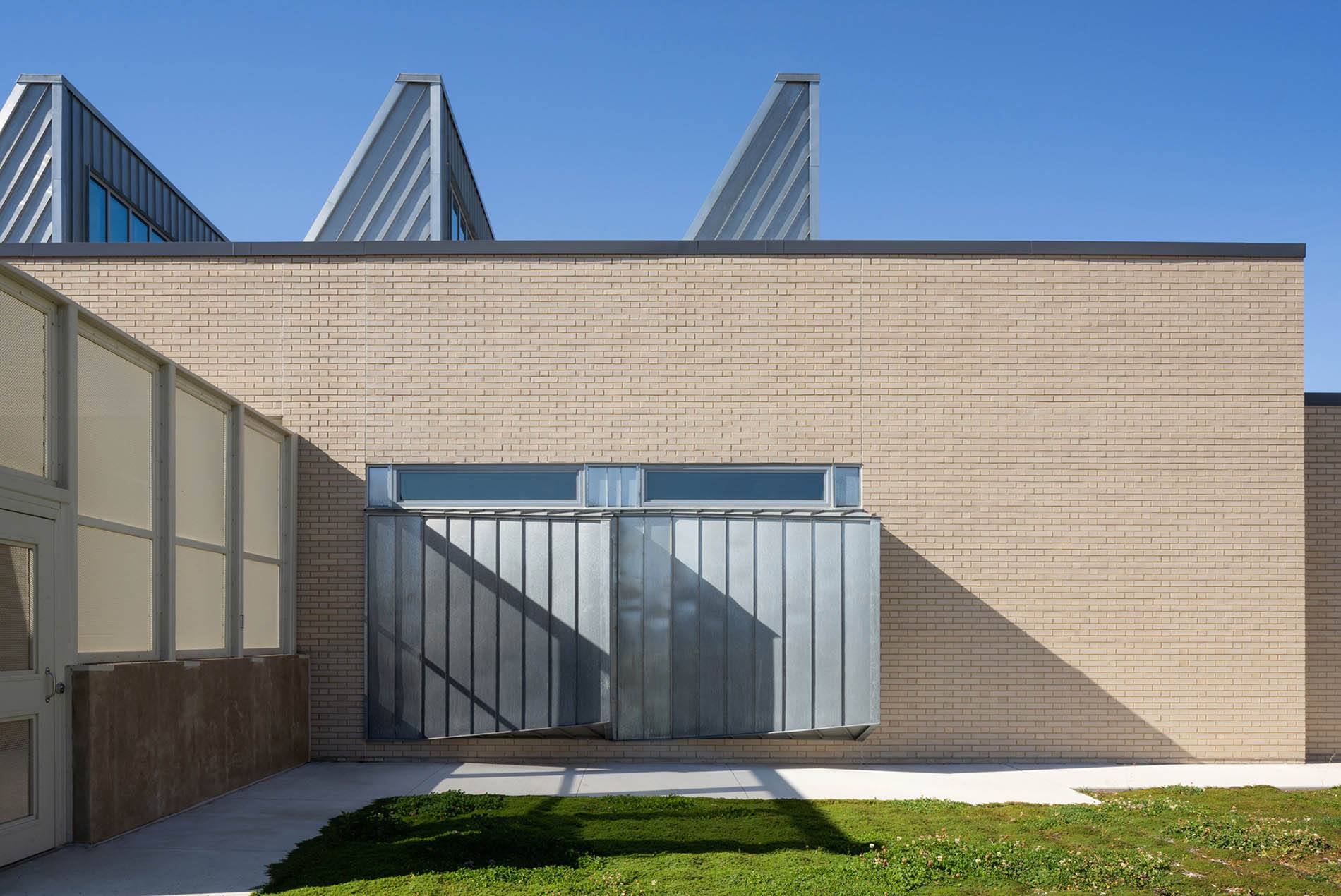
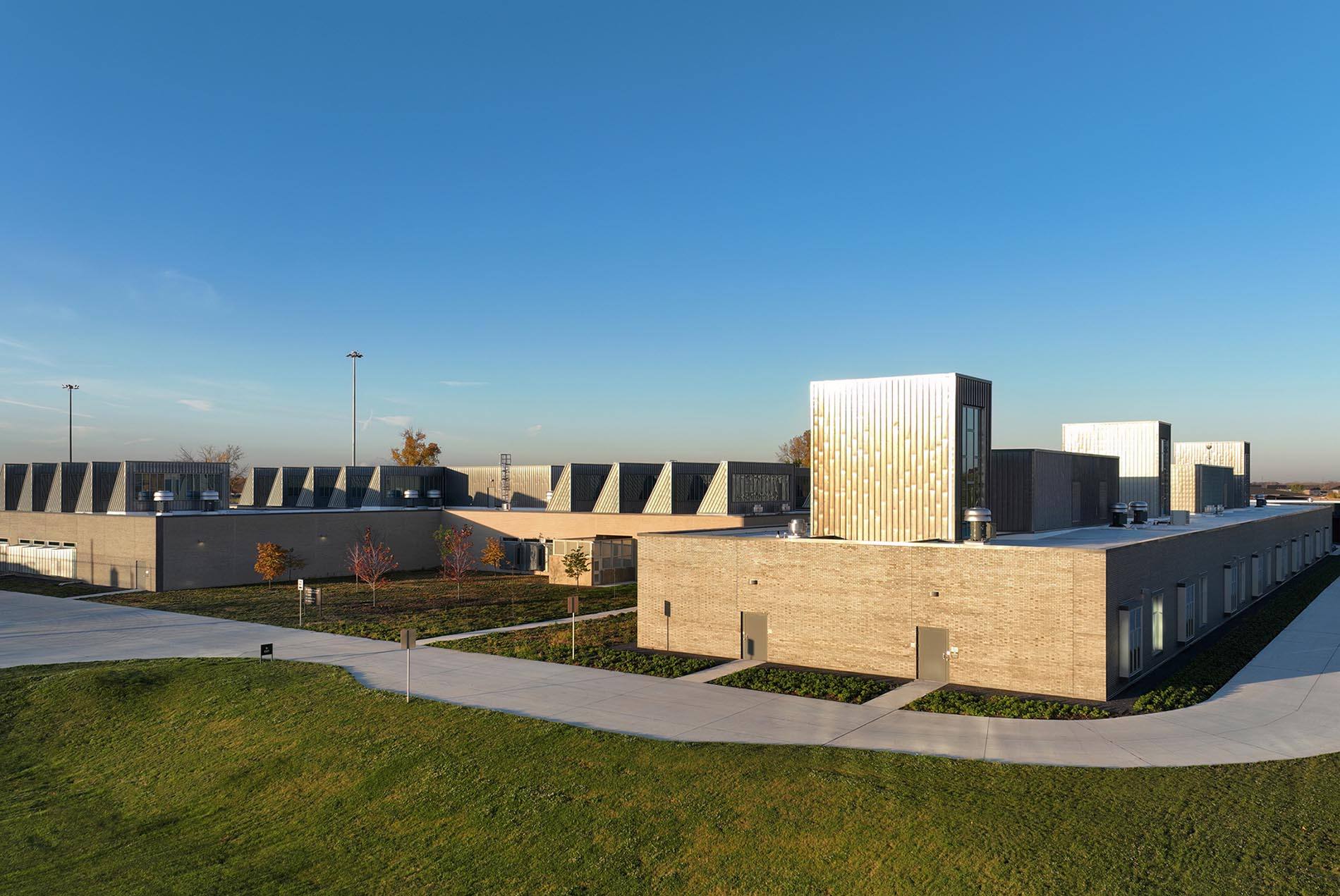
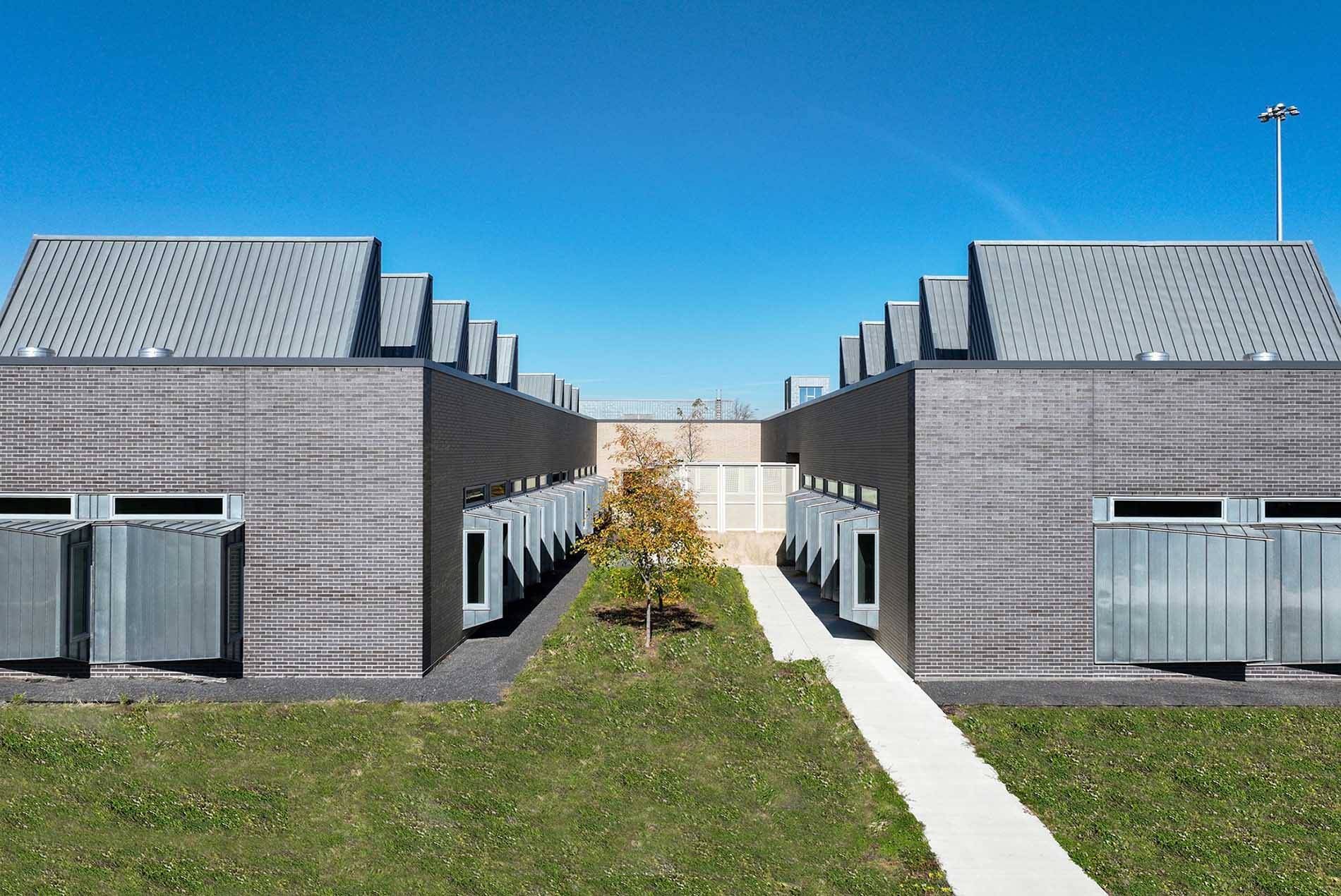
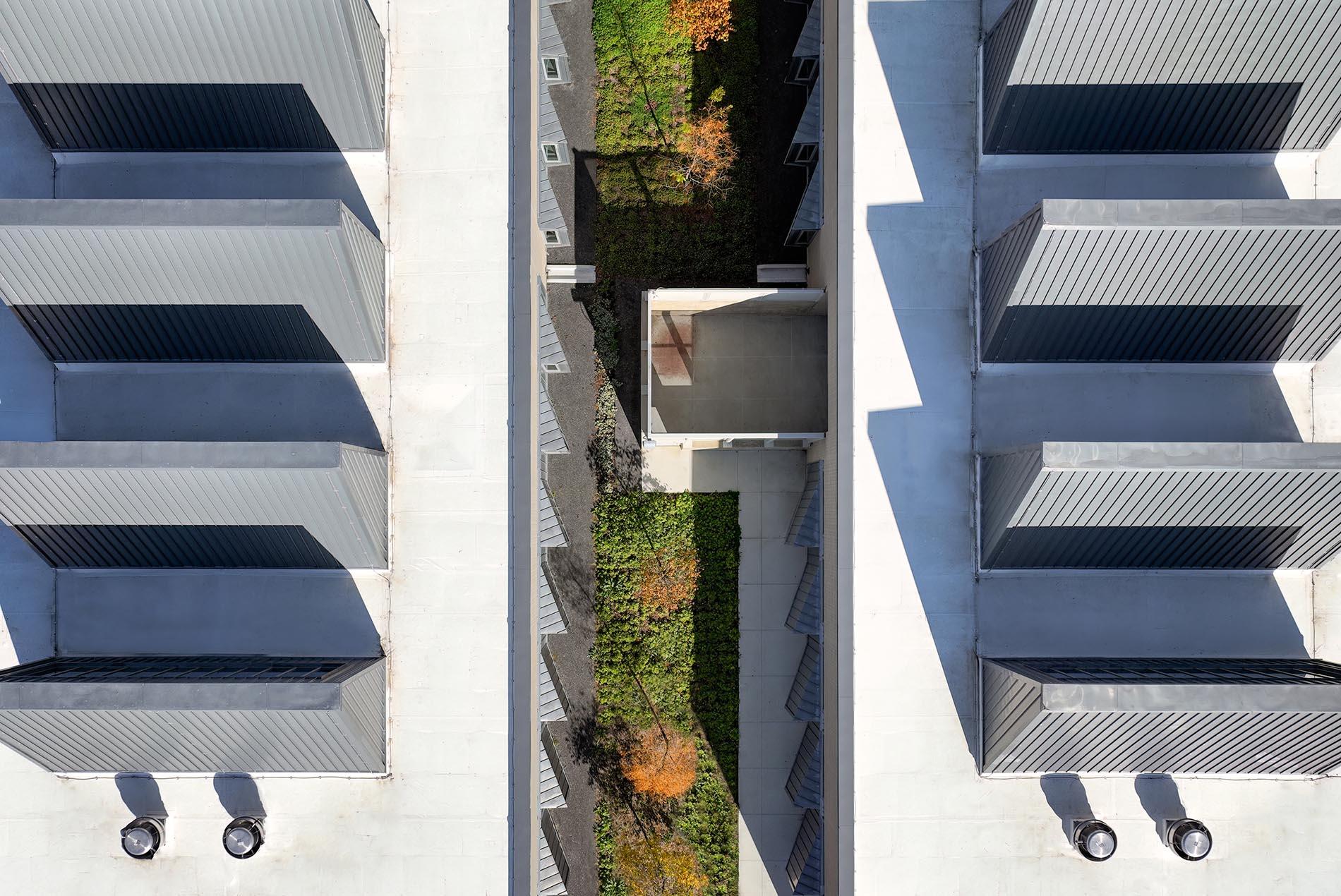
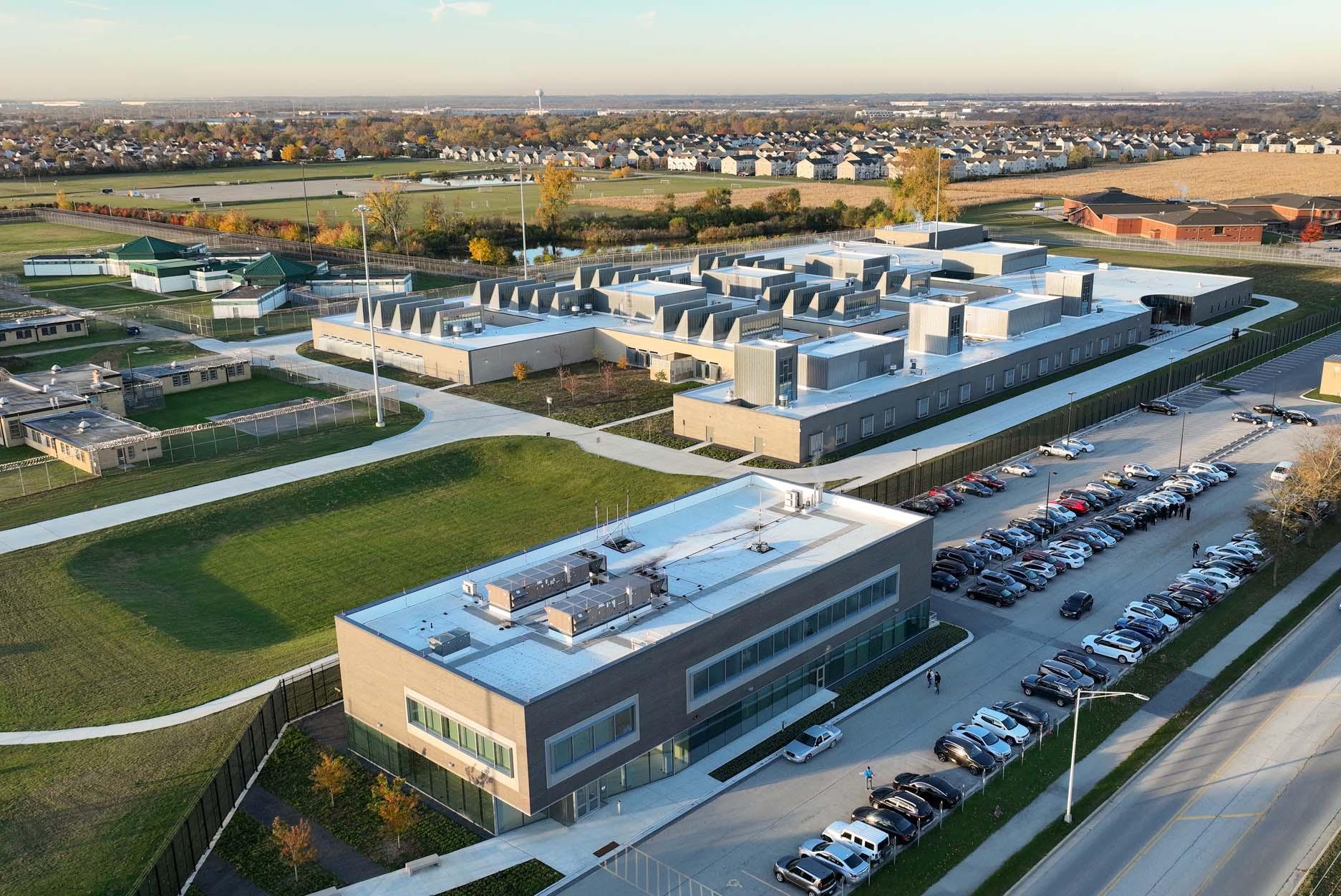
By prioritizing human dignity, therapeutic environments and comprehensive mental health care, this project improves the lives of some of the country’s most vulnerable inmates while helping redefine the future of corrections. This approach has the potential to reduce inmate recidivism, fostering a more equitable and inclusive community beyond its walls. The facility stands as a national model, demonstrating the transformative power of design in correctional healthcare.
